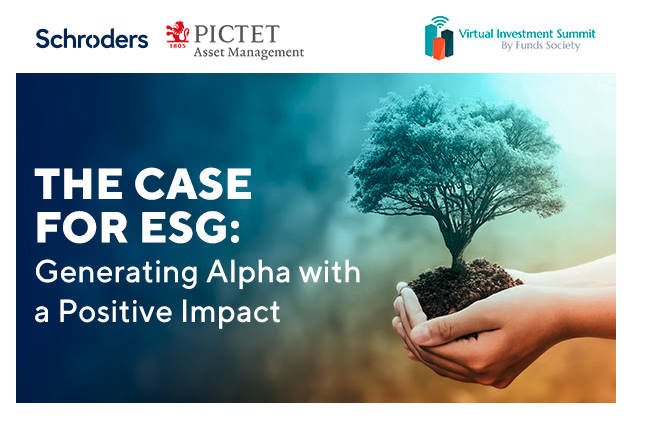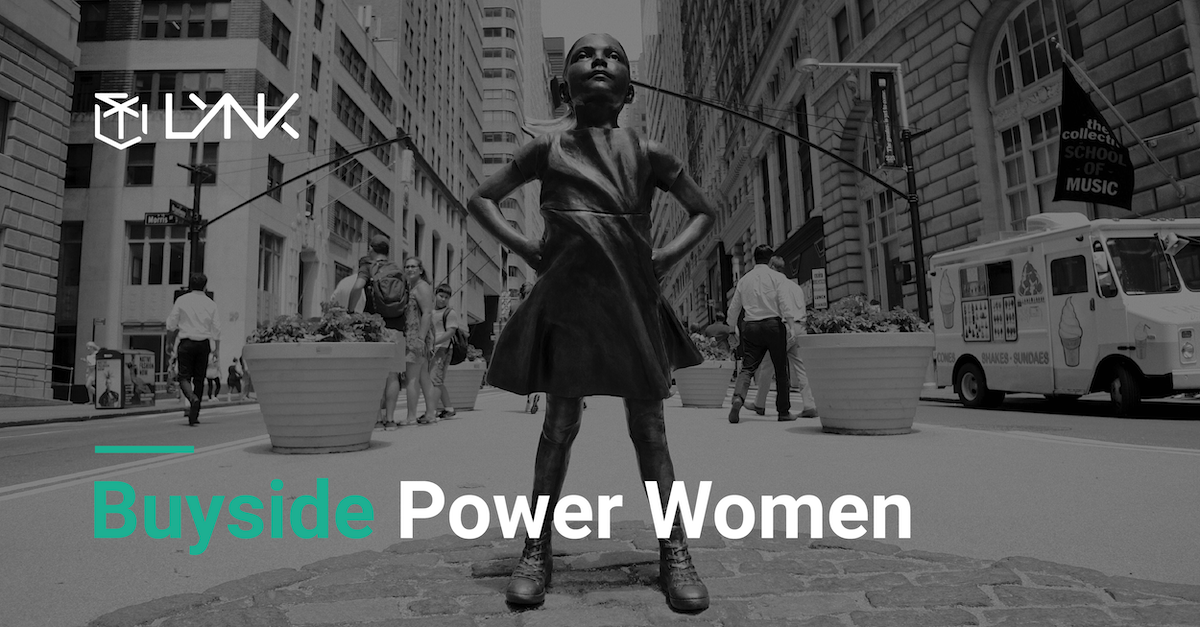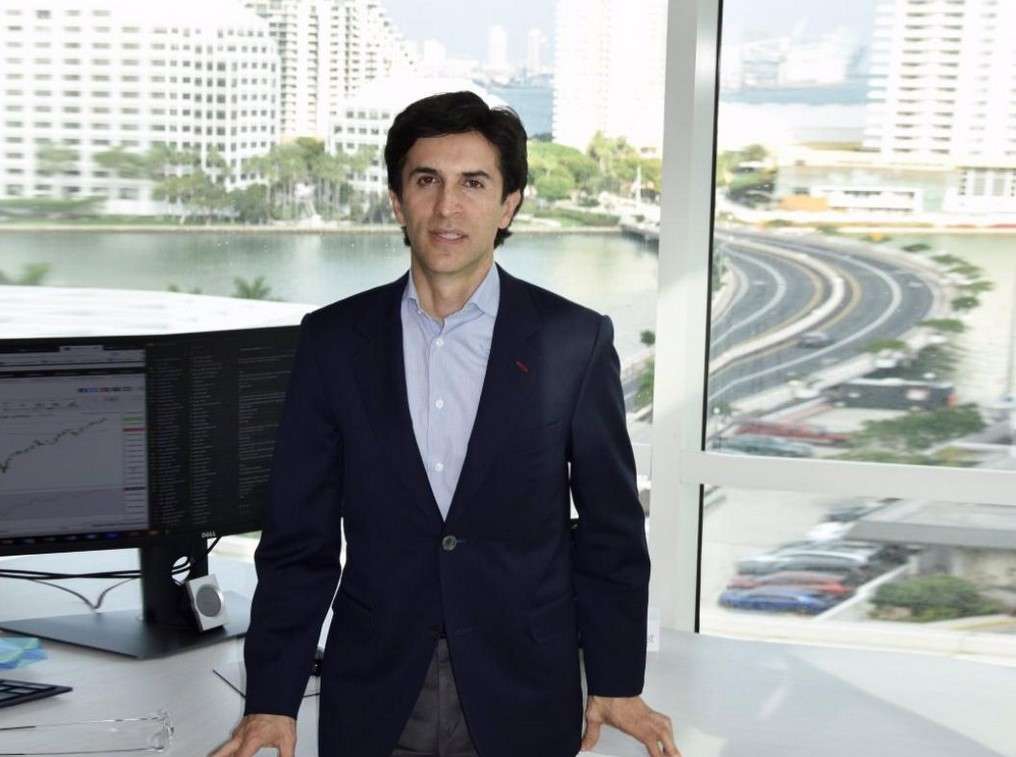Luca Paolini (Pictet Asset Management): “We Are Overweighting European and Swiss Equities as well as Emerging Local Currency Debt”
| By Meritxell Sedo | 0 Comentarios
The markets have continued to show a high rate of volatility in recent weeks. The evolution of the pandemic has been a succession of bad news, with new Coronavirus cases and a loss of momentum in real time indicators. However, according to Luca Paolini, Chief Investment Strategist at Pictet Asset Management, investors continue to display optimistic tendencies based on several assumptions.
The first is that data points to a population that is better prepared to live with the pandemic in the event of a second wave of COVID-19. There is also greater optimism about the possibility of a vaccine by the end of the year, whereas only a few months ago the best forecasts predicted that it would not be available until mid-2021. The second is that the economy is in a recovery phase and if new containment measures were needed, they would be implemented in short periods of time and at the local level. The fourth is that fiscal and monetary stimuli will work in reviving the economy, and if they do not work, there will be new measures taken. Fifthly, the conflict between China and the United States is seen as rhetorical. Ignoring the voices that speak of a possible second cold war, investors believe that US elections and the vulnerability of growth in China will lead to a trade agreement between the two parties. For the bulk of investors, the crisis is temporary and so is the hit to corporate profitability.
Caution on the part of Portfolio Managers
Investor optimism contrasts with the caution displayed by fund managers in a recent global survey conducted by Bank of America. The results of this survey showed that only 14% expected a V-shaped recovery, compared with 44% expecting a U-shaped recovery and 30% expecting a W-shaped recovery, but overall, most believe the recent recovery is a rally within a bear market, a response to fiscal performance that has been “too stimulative”. Over 70% of fund managers believe the market is overvalued, similar to the first quarter of 2000. On the other hand, 74% believe that US technology and growth stocks are a popular investment options in a market where US equities, commodities, health care and large technology stocks are unprecedently overweight, and energy, materials and UK equities have been heavily underweight. In addition, over the next 10 years, managers expect global equities to perform in the 3-4% range, which is well below the more than 10% seen over the last decade.
Evolution of Daily Activity
Daily activity indicators have flattened out again. Bloomberg’s daily activity indicator, which at 100% marks a normal level of activity before the crisis, reached 30% in the second week of April, placing the main economies in a state of hibernation. In the last weeks of July, the main developed economies are at fairly acceptable levels of recovery. Japan, Germany and France lead the way by exceeding the 80% mark, Italy and Spain by more than 70%, and finally the United States, the United Kingdom, Canada and Sweden by less than 65%.
It is interesting to see that this time the US equity market looks much worse off than the bulk of the European market. Only China has a daily indicator of activity close to 100. These data show that the recovery is still going on, but that the loss of momentum is significant because consumers still perceive a high level of uncertainty in their future. The confusion also comes from governments still trying to understand how they should act.
Market liquidity and valuations
The injection of money into the economy by central banks is twice the level of 2008. A large part of this liquidity remains in the financial markets, which is why there has been a huge disconnect between capital market data and the economy.
Overall, the trend could be said to be positive. Real interest rates are negative and central banks continue to inject liquidity into an economy that shows better signs of recovery than three months ago. But, if you restrict this analysis to recent months, momentum is accelerating at a time when, if you look at valuations, they are becoming somewhat challenging.
On a scale of 0 to 100, where 0 represents an expensive asset and 100 a cheap one, at the end of July, equity levels are at 38, bond levels at 32 and commodities at 66. Pictet AM’s valuation models show that, for the first time since September 2018, equities are expensive. The market however indicates that even with negative cash flows, investors are feeling pressure to put their money to work.
Benefits Reporting Season
While bond yields depend on inflation expectations, stock returns move in line with profits. Pictet AM’s models forecast a 30% – 40% drop in US corporate earnings, while the market consensus expects a smaller drop of 20% – 30%. There is a high concentration in the S&P 500 index, where growth stocks accounted for around 50% of total earnings last year. This high concentration means that earnings per share can diverge significantly from the real economy.
This recession is hitting the service sector harder than manufacturing. This recession is three times worse than the Global Financial Crisis, but the consensus expects earnings per share to fall to about the same level as they did in the 2008 crisis. Even so, there is a positive fact to highlight, 85% of companies are reporting data which is better than expected.
What is the best market to invest in right now?
The trend seen in the last three years, where the US has outperformed almost every market, is going to change dramatically, as the US market is now expensive. At present, it shows a high concentration in large technology firms that are beginning to be exposed to regulatory problems. In addition, we have to consider the political risk lurking the US with the approach its presidential elections and the effect that the pandemic is having on the country. For these reasons, the Pictet AM strategist believes that the investment universe should be expanded to other regions.
In this regard, European shares are trading at very low levels compared to the US, and their currency, the Euro, is cheap. The recently approved emergency fund in the European Union represents a change in the region, not only for the economy, but also in investors’ perception of the European Economic Union’s crisis management. This is why Pictet AM will overweight European equities.
They are also overweighting Swiss equities. The Swiss market is a well-performing market, relatively defensive in nature and overweighting two sectors, the healthcare sector and basic consumption.
In terms of asset allocation, Pictet AM will overweight consumer staples, from a neutral position, and reduce its exposure to the financial sector, believing that the time has come to be more cautious.
In fixed income, the environment is much more complex. Bond yields are at lows in virtually all developed markets. The 10-year US Treasury bond offers a return of close to 0.50 basis points. It’s difficult to rely solely on the Fed’s purchase programme, as it does not guarantee the investor a positive return. The alternative is emerging market debt. Markets that should be more vulnerable to the coronavirus crisis have been the best performing fixed income assets, thanks to the fact that most local currencies are at very low exchange rates. In particular, Pictet AM is very optimistic about bonds in China, which are trading at a record spread over US Treasury bonds.
Finally, gold is at expensive levels, but is expected to continue to rise in price due to purchases in gold reserves being made by central banks.
Information, opinions and estimates contained in this document reflect a judgment at the original date of publication and are subject to risks and uncertainties that could cause actual results to differ materially from those presented herein.
Important notes
This material is for distribution to professional investors only. However it is not intended for distribution to any person or entity who is a citizen or resident of any locality, state, country or other jurisdiction where such distribution, publication, or use would be contrary to law or regulation. Information used in the preparation of this document is based upon sources believed to be reliable, but no representation or warranty is given as to the accuracy or completeness of those sources. Any opinion, estimate or forecast may be changed at any time without prior warning. Investors should read the prospectus or offering memorandum before investing in any Pictet managed funds. Tax treatment depends on the individual circumstances of each investor and may be subject to change in the future. Past performance is not a guide to future performance. The value of investments and the income from them can fall as well as rise and is not guaranteed. You may not get back the amount originally invested.
This document has been issued in Switzerland by Pictet Asset Management SA and in the rest of the world by Pictet Asset Management Limited, which is authorised and regulated by the Financial Conduct Authority, and may not be reproduced or distributed, either in part or in full, without their prior authorisation.
For US investors, Shares sold in the United States or to US Persons will only be sold in private placements to accredited investors pursuant to exemptions from SEC registration under the Section 4(2) and Regulation D private placement exemptions under the 1933 Act and qualified clients as defined under the 1940 Act. The Shares of the Pictet funds have not been registered under the 1933 Act and may not, except in transactions which do not violate United States securities laws, be directly or indirectly offered or sold in the United States or to any US Person. The Management Fund Companies of the Pictet Group will not be registered under the 1940 Act.
Pictet Asset Management Inc. (Pictet AM Inc) is responsible for effecting solicitation in North America to promote the portfolio management services of Pictet Asset Management Limited (Pictet AM Ltd) and Pictet Asset Management SA (Pictet AM SA).












